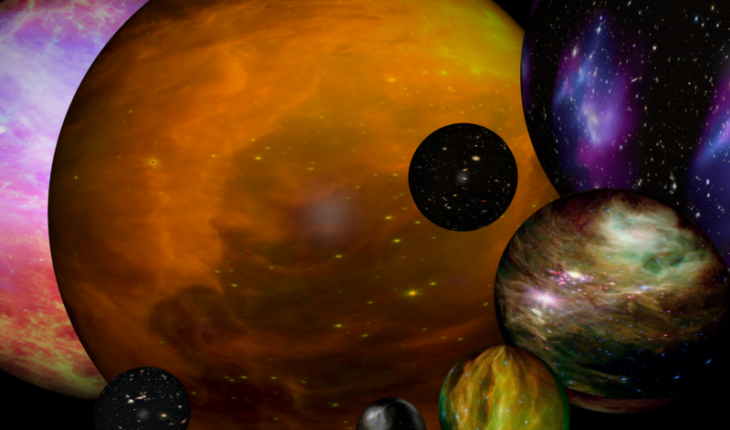Why it matters: Google’s latest quantum chip, Willow, can perform calculations that would take traditional computers 10 septillion years in just five minutes. As reported by Techcrunch, while this breakthrough reignites discussions about parallel universes, the technology remains too limited for practical applications.
The Big Picture: The Willow chip represents significant progress in quantum computing through:
- 105 quantum bits (qubits)
- Exponential error reduction capabilities
- Best-in-class performance metrics
- Average connectivity of 3.47
Technical Achievement: The chip’s most significant breakthrough lies in error correction. PhysicsWorld reports that by scaling from 3×3 to 7×7 encoded qubits, researchers achieved:
- Error rates cut in half with each expansion
- “Below threshold” error correction
- Improved quantum stability
- Enhanced reliability
Theoretical Implications: The chip’s performance aligns with physicist David Deutsch’s multiverse theory, suggesting quantum computations might occur across parallel universes. This could explain how quantum computers achieve calculations impossible for classical computers.
Looking Forward: Despite these advances, Willow remains too small for practical applications. The next challenge is demonstrating “useful, beyond-classical” computation relevant to real-world problems like drug discovery or battery chemistry optimization. This is a quantum leap above the best computers that we all use.





